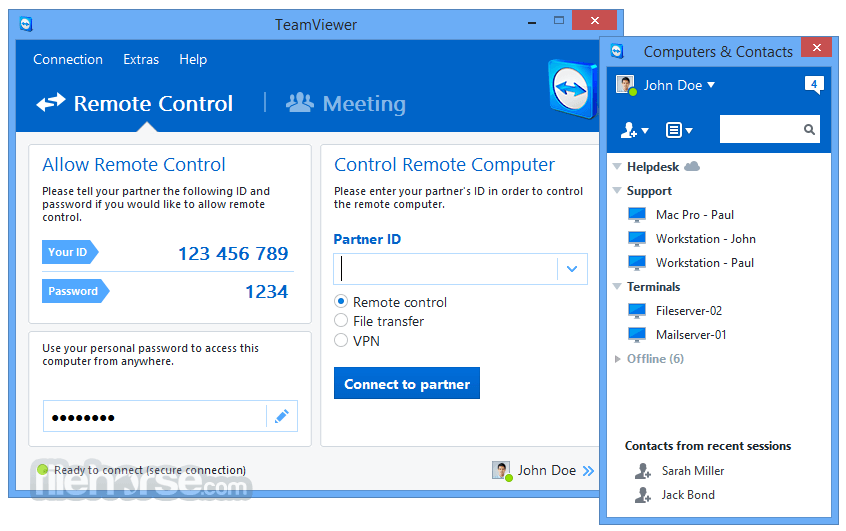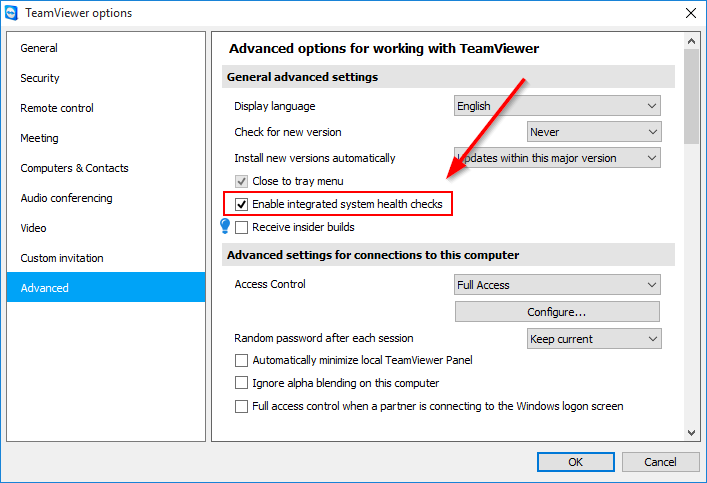

Using a remote desktop tool is useful when you need to access a desktop to use an IDE, however for many developers the command-line is king. If you are encountering problems you may want to try adjusting these settings or trying alternatives like TightVNC or NoMachine. These technologies have improved greatly over the past 2 decades by adding compression techniques and algorithms that reduce bandwidth and make using the graphical user interface smoother. If you need to use applications installed on your work computer, this may be your only option. The most common technologies for accessing remote desktops include Virtual Network Computing (VNC), Microsoft Remote Desktop, and TeamViewer. Alternatively, if you normally work on an engineering workstation you may now be working on your home computer and trying to get back into your development environment. However, you likely still need access to your build servers and targets in the lab to get your work done. If you have a company-issued laptop that you were able to take home, then you may already have access to all your applications and development tools. You could have network connectivity problems. There are many useful tools that you can use to overcome problems with flaky network connections, connecting remotely to embedded devices, and getting access to your development tools. Your VPN connection may slow to a crawl as your kids start watching Frozen 2 on Disney+ or your Wi-Fi connection may drop as someone in your building turns on their microwave.įortunately, software developers have successfully worked from home for decades. And working from home comes with many new challenges. Across many industries employees are trying to learn new technologies and discover ways to be productive in a very difficult environment.


With the COVID-19 global crisis, 2020 has suddenly become the year of the remote worker.


 0 kommentar(er)
0 kommentar(er)
